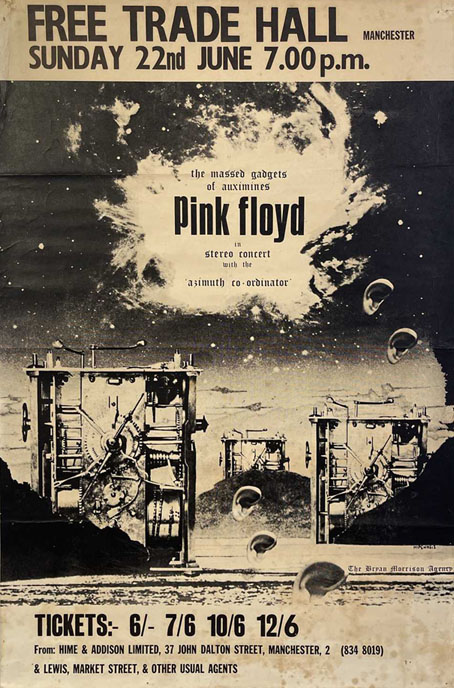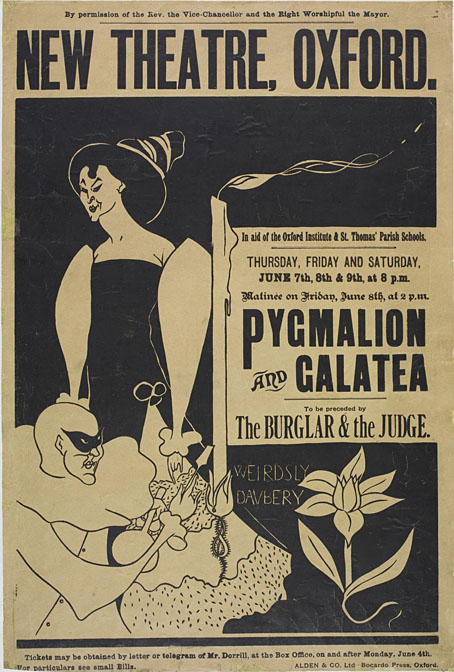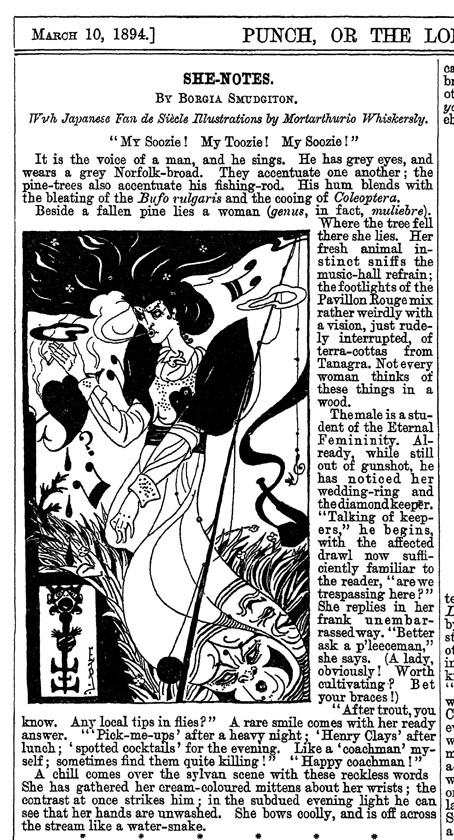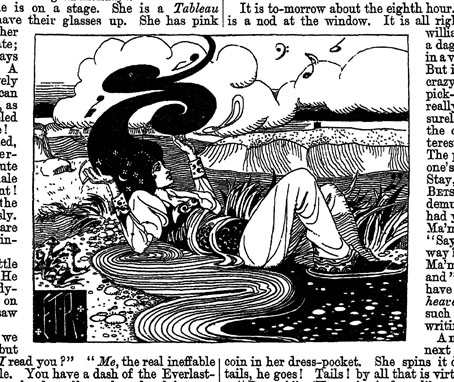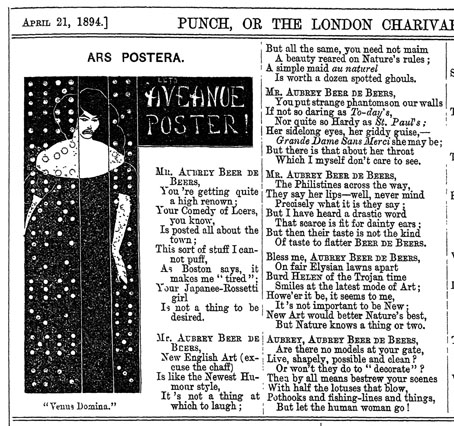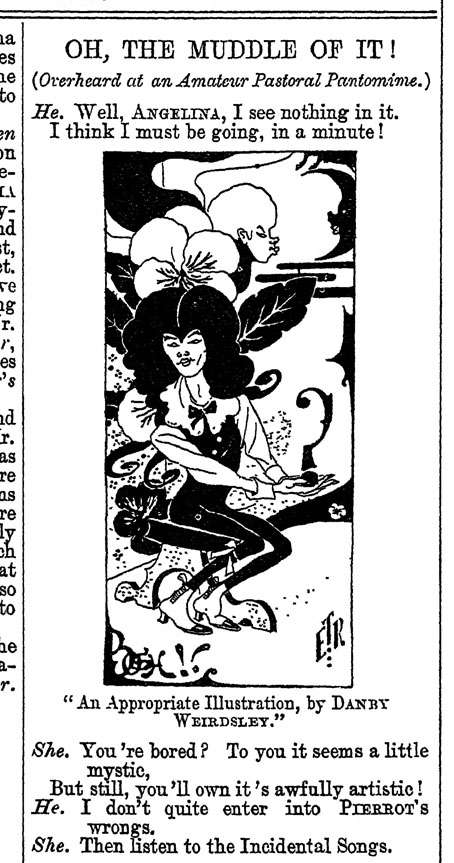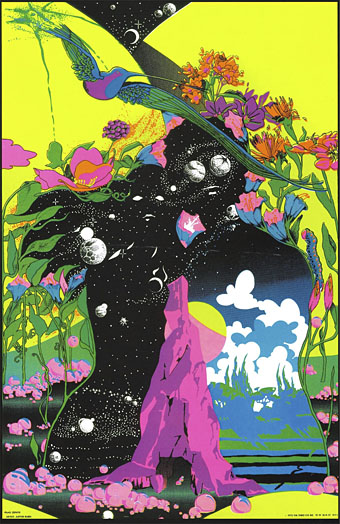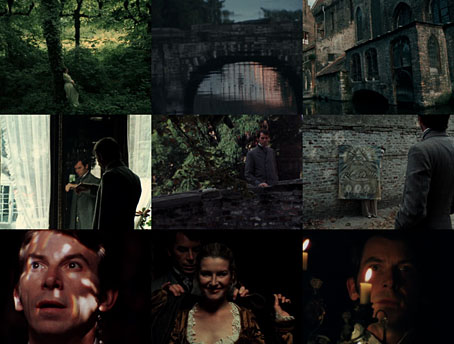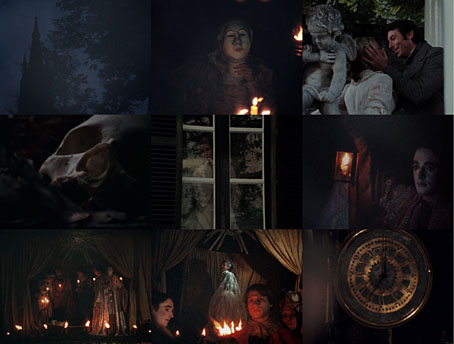The Massed Gadgets of Auximines – Pink Floyd – in stereo concert with the “Azimuth Co-ordinator”. Design by Hipgnosis, 1969.
• At Rond1900: Sander Bink explores the life of another obscure Dutch Symbolist, Léonard Sarluis (1874–1949): artist, friend of Oscar Wilde and lover of Alfred Jarry.
• At Spoon & Tamago: Manga artist Hirohiko Araki pays tribute to Osaka station’s history and culture with new public art sculpture.
• At Public Domain Review: Scenes of reading on the early portrait postcard by Melina Moe and Victoria Nebolsin.
• At Dennis Cooper’s: 33 films that either faked ingesting LSD or did.
• At Bandcamp: Blissful Noise, Bad Vibes: A Doomgaze Primer.
• Mix of the week: Azimuth Coordinator by Tarotplane.
• New music: Global Transport by Monolake.
• The Strange World of…Gay Disco.
• Postcard From Jamaica (1967) by Sopwith Camel | Postcards Of Scarborough (1970) by Michael Chapman | An Unsigned Postcard (1991) by Tuxedomoon

